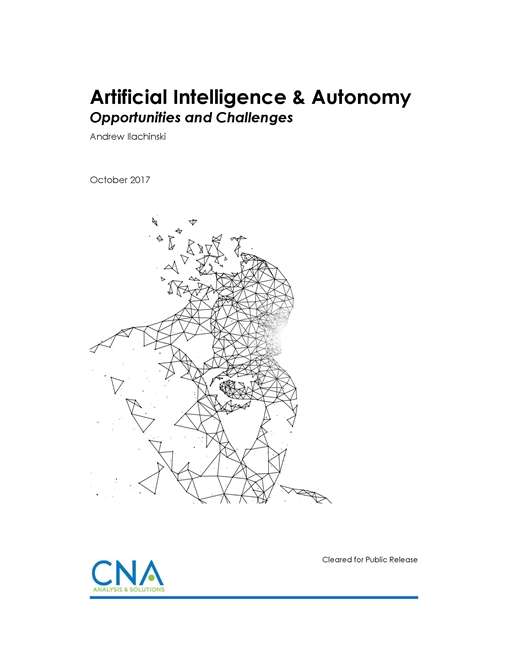The history of warfare, in general, and the evolution of weapons, in particular, are both deeply entwined with developments in science and technology (see figure 1). Ever since a caveman first picked up a nearby rock to strike down an enemy, the use of new tools to safely project power from a distance has steadily evolved: from spears (which can be thrown as far as rocks but can inflict more damage); to bows and arrows (which significantly extended the offensive range and first appeared about 60,000 years ago); to catapults (which were introduced about 400 BC); to firearms (which were developed in China about 1200 and extended the range to hundreds of yards); to machine guns and modern artillery (which pushed the range still farther, to tens of miles), and air-dropped bombs (which were first deployed from balloons by Austria in 1849).
In the modern era, in the U.S., an even deeper connection between the development of technology and weapons systems has been forged by national offset strategies. An offset strategy is a general set of peacetime policies designed to mitigate a perceived tactical and/or strategic imbalance with one’s main adversaries. For example, the First Offset, during President Eisenhower’s administration in the 1950s at the start of the Cold War, was introduced to mitigate Soviet numerical and geographical advantages in Western Europe. Early digital computer technology and the burgeoning field of cybernetics led to the development of long-range intercontinental ballistic missiles (ICBMs) and enhanced air/missile defense networks.
During the Second Offset, introduced in the 1970s and 80s to mitigate the Soviet Union’s newly established “peer status” with respect to nuclear weapon technology and delivery systems, strategic thinking turned to regaining a non-nuclear tactical advantage. Rapidly growing innovations in digital microelectronics and information technology led to the development of new intelligence, surveillance, and reconnaissance (ISR) platforms and battle management capabilities, precision-strike weapons, stealth aircraft, smart weapons and sensors, and the tactical exploitation of space (e.g., GPS).
The Third Offsetannounced formally in November 2014 and centered on key investments in artificial intelligence (AI), human-machine collaboration, and autonomous unmanned systemsis designed to mitigate a shrinking force structure and declining technological superiority. The goal is not the acquisition of next- generation technologies, per se, but a combined re-evaluation of technological innovations and new concepts of operations. The major difference between this latest offset and its precursors is that whereas most First and Second Offset technologies were funded primarily by the Department of Defense (DOD), the key technology enablers are being developed almost exclusively in the commercial world.
Download reportDISTRIBUTION STATEMENT A. Approved for public release: distribution unlimited. ADMINISTRATIVE OR OPERATIONAL USE: To protect technical or operational data or information from automatic dissemination under the International Exchange Program or by other means. 10/16/2017
Details
- Pages: 38
- Document Number: DIS-2017-U-016388-Final
- Publication Date: 10/1/2017
